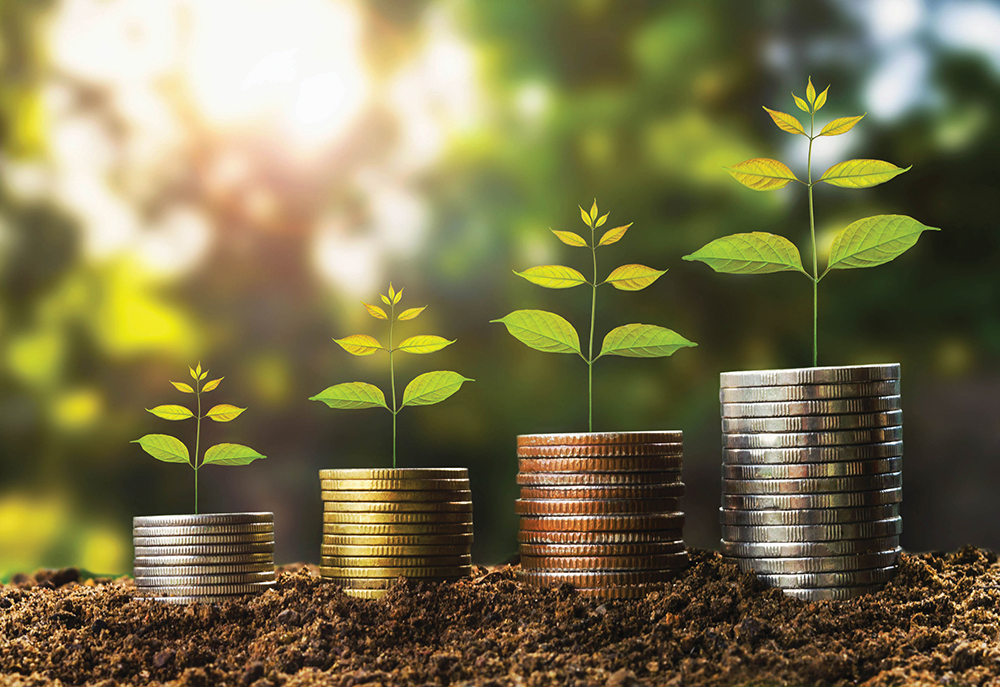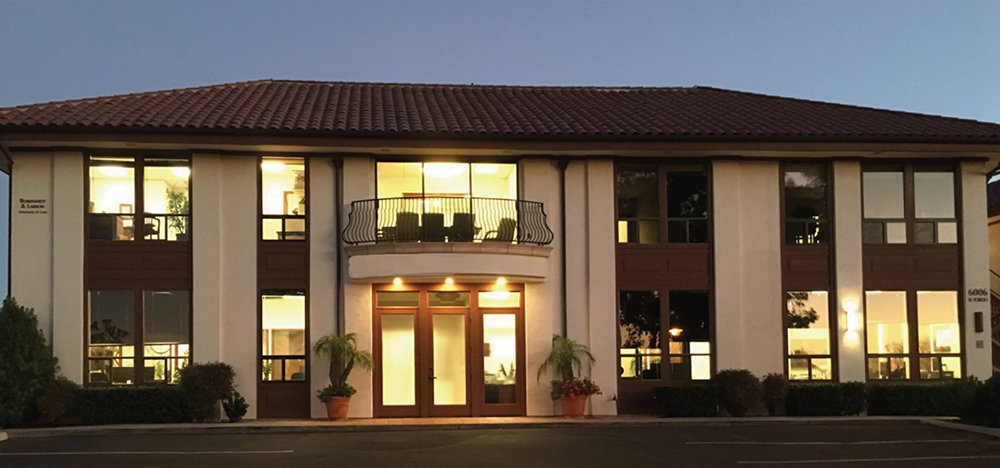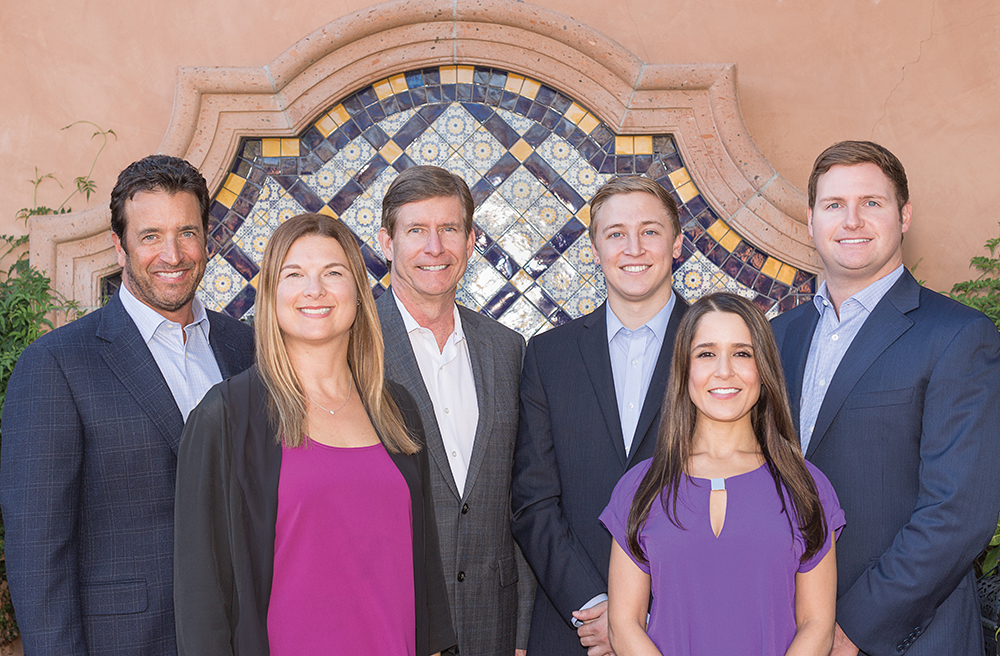Keeping Green In The Black

Two years ago, the publishing industry was on the brink of meltdown when a glut of eco-centric headlines nearly ran the nation out of green ink. Yes, not since Popular Mechanics promised us all rocket packs (still waiting) has near-future speculation caused so much fervor. But now, as the red ink runs dry from printing all those jagged little lines with falling slopes, ever wonder how green is weathering the recession?
Good news — saving the world is still popular.
“I know that I sound like Obama or something, but it’s true that going green is really helping the world be better,” says Jeff Smith, owner of Smith Brothers Construction. “It will help resolve global warming, and produce less waste, and help us be much more efficient.”
It may also be one of the rare segments enjoying positive growth. According to the “Green Outlook” report from McGraw Hill Construction, the green building market is likely to hit $140 billion by 2013, more than doubling its present day value. The market for green building materials alone is expected to grow 7.2 percent annually, to reach over $80 billion in the same amount of time.
But for homebuilders feeling the pinch, local pocketbooks can trump global concern. Luckily, there is cause for hope.
“As far as the actual construction goes, there are many things that we can do now for our clients that are considering green that don’t cost them any more money,” says Smith.
Take reflective plywood, for example. Sure, it’s not as sexy as a roof slathered with solar cells, but according to Todd Jackson of Jackson Design & Remodeling, it can block out 78 percent of the heat gain in an attic, saving big on cooling and only adding pocket change to the cost of construction.
“We believe that there are some items that are just a smart way of building,” says Jackson. “We did a home with 3,600 square feet of roofing — it cost me $865 more to go with reflective plywood over standard.”
Plenty of other cheap, yet far from flashy, choices abound. Customers building fresh or doing a remodel can choose to use low VOC paint (doesn’t belch poisonous gas), ultra-high R-value insulation made from recycled material, fire-resistant fiber cement siding, 40-year composition roofing, low-toxin wood finish, fly-ash concrete, and on and on. Even your sprinkler system can get a little greener.
“If someone upgrades their sprinkler timers to a satellite monitored system that receives live weather info, and switches their sprinkler heads to rotors, they can save up to 30 percent on their water bill. The rotors alone will save you 20 percent,” says Harry Thompson, founder of Torrey Pines Landscape Company. The cost of upgrading standard sprinkler heads to the newfangled rotors? Thirty to 40 cents each. Way less than a latte.
“I think there used to be a feeling that building green added 15 percent to the cost of the house,” says Terry Wardell, president of Wardell Builders, Inc. “I would say that if you’re not looking at the high dollar items, most of the stuff you would do to make a house healthy and sustainable are only going to add five percent to the job.”
With such little outlay, you might wonder why these options aren’t just construction de rigueur. For these contractors, they are.
“Our distinction has always been construction expertise, and I think this is just another aspect of that. Clients expect us as good quality builders to be fully versed in sustainable building practices, the same way we should be fully versed in any construction practice,” says Wardell.
Jackson says nearly the same. “We tried a handful of things and now it’s just a standard with our process. I think it’s just what we have to do, it’s a necessity, not a trend.”
Don’t let the word “standard” fool you, though. Green building, seriously devoid of cookie-cutter solutions, still requires deep ingenuity, but for these builders, that’s a good thing.
“Construction by and large is a tremendous amount of fun,” says Wardell. “Looking at it from a sustainable point of view really makes it that much more interesting, that much more enjoyable, and that much better a puzzle to put together correctly.”
Jackson, who now has a dozen “Build it Green” certified staff members, seems to be solving the puzzle one step at a time.
“You have to just start,” he says, “don’t get hung up and try to absorb it all. Any time you make a stretch, you’ve got to ring the bell and say, ‘Hey, hallelujah.’ And then the next time it’s not a stretch!” PAUL STUART
Click here for a list of local green businesses










Comments